In the realm of machine learning, the learning rate is a pivotal concept. It plays a crucial role in the training of models, influencing their performance and efficiency.
Yet, understanding and optimizing the learning rate is no simple task. It requires a blend of theoretical knowledge, practical skills, and a good deal of experimentation.
This comprehensive guide aims to demystify the concept of learning rate. It will delve into its theoretical underpinnings, its practical implications, and its impact on model performance.
We will start by defining the learning rate in the context of machine learning. We will then explore why it is so critical for the convergence of models.
The consequences of setting the learning rate too high or too low will be discussed. We will also provide best practices for selecting an initial learning rate and techniques for its optimization.
The concept of learning rate schedules will be introduced. We will also delve into how to implement a learning rate scheduler in PyTorch Lightning, a popular machine-learning library.
The guide will also touch upon advanced topics like adaptive learning rates. We will discuss how they are used in algorithms like Adam and AdaGrad, and in advanced models like DreamBooth.
Real-world examples and case studies will be presented to illustrate the impact of learning rate adjustments on model performance. We will also provide tips for troubleshooting common learning rate-related issues.
The guide will conclude with a look at the future of learning rate research and potential advancements in the field.
Whether you are a machine learning enthusiast, a data scientist, an AI researcher, or a developer, this guide will provide valuable insights. It will help you understand the importance of learning rate and how to leverage it for better model performance.
So, let's embark on this journey to unravel the mysteries of the learning rate. Let's learn how to harness its power to enhance the performance of our machine-learning models.
Remember, in the world of machine learning, every bit of performance improvement counts. And the learning rate, as you will see, can make a significant difference.
Understanding the Learning Rate in Machine Learning
Before we delve into the intricacies of learning rate, it's essential to understand what it is and why it matters.
What is the Learning Rate?
In machine learning, the learning rate is a hyperparameter that determines how much we adjust the model in response to the estimated error each time the model weights are updated.
In simpler terms, it's the step size during the iterative process of model training.
If you visualize the process of model training as a hiker trying to reach the bottom of a valley, the learning rate would be the size of the steps the hiker takes.
A high learning rate means the hiker takes large steps, potentially overshooting the valley's bottom. A low learning rate, on the other hand, means the hiker takes small, cautious steps, possibly taking a long time to reach the bottom.
Why Learning Rate is Crucial for Model Training
The learning rate is a critical factor in model training because it directly impacts how quickly or slowly the model learns.
A high learning rate can cause the model to converge too quickly, potentially missing the global minimum. This can lead to suboptimal model performance.
On the other hand, a low learning rate can cause the model to learn too slowly. This can result in the model getting stuck in a local minimum or taking an excessively long time to converge.
Therefore, finding the right balance for the learning rate is crucial for efficient and effective model training.
Theoretical Foundations of Learning Rate
The concept of learning rate is rooted in the field of optimization, specifically in gradient descent algorithms.
In gradient descent, the learning rate determines how much we adjust our model parameters in the direction of the gradient of the loss function.
The goal is to find the set of parameters that minimize the loss function. The learning rate helps us navigate the optimization landscape to find this minimum.
Here are some key theoretical concepts related to learning rate:
Global vs. Local Minima: The learning rate can influence whether the model finds the global minimum (the best possible solution) or gets stuck in a local minimum (a suboptimal solution).
Convergence Speed: The learning rate affects how quickly the model converges to a solution. A high learning rate may lead to faster convergence but can overshoot the minimum, while a low learning rate may converge slowly but can get stuck in local minima.
Overfitting vs. Underfitting: The learning rate can also impact the model's ability to generalize. A high learning rate may cause the model to underfit the data (not learning enough), while a low learning rate may lead to overfitting (learning too much, including noise).
Understanding these theoretical foundations can help us make more informed decisions when setting and adjusting the learning rate during model training.
The Consequences of Improper Learning Rate Settings
Setting the learning rate is a delicate balancing act.
If not done correctly, it can lead to several undesirable outcomes.
These can range from slow convergence and getting stuck in local minima to overshooting the global minimum and unstable training.
Let's delve deeper into the consequences of setting the learning rate too high or too low.
Too High vs. Too Low: Balancing the Learning Rate
A learning rate that is set too high can cause the model to converge too quickly.
This rapid convergence can lead to the model overshooting the global minimum of the loss function.
In the worst-case scenario, the model may fail to converge at all, resulting in unstable training and poor model performance.
On the other hand, a learning rate that is set too low can cause the model to converge too slowly.
This slow convergence can lead to the model getting stuck in a local minimum of the loss function.
In some cases, the model may not converge at all if the learning rate is too low.
Therefore, finding the right balance for the learning rate is crucial for efficient and effective model training.
Learning Rate and Overfitting/Underfitting
The learning rate can also impact the model's ability to generalize from the training data to unseen data.
A high learning rate can cause the model to underfit the data.
Underfitting occurs when the model does not learn enough from the training data, resulting in poor performance on both the training and test data.
On the other hand, a low learning rate can lead to overfitting.
Overfitting occurs when the model learns too much from the training data, including noise or random fluctuations.
As a result, the model performs well on the training data but poorly on the test data.
Therefore, setting the right learning rate is also crucial for achieving a good balance between bias (underfitting) and variance (overfitting).
Best Practices for Learning Rate Selection
Selecting the right learning rate is a critical step in training machine learning models.
It requires a combination of theoretical understanding, practical experience, and sometimes, a bit of trial and error.
In this section, we will discuss some best practices for selecting the learning rate.
These practices can help you avoid common pitfalls and improve the performance of your models.
Starting Points for Initial Learning Rate
The initial learning rate is a crucial hyperparameter that sets the stage for the training process.
Here are some common starting points for the initial learning rate:
0.1: This is a common starting point for many optimization algorithms.
0.01 or 0.001: These values are often used when the data is scaled to have a mean of 0 and a standard deviation of 1.
1e-4 or 1e-5: These smaller values are typically used for deep neural networks with high-dimensional input data.
Remember, these are just starting points.
The optimal learning rate can vary depending on the specific problem, the model architecture, and the optimization algorithm used.
Learning Rate Optimization Techniques
Once you have a starting point, you can use various techniques to optimize the learning rate.
Here are a few popular methods:
Grid Search: This involves training the model with different learning rates and selecting the one that gives the best performance.
Random Search: Instead of trying out evenly spaced values, random search selects random values within a specified range.
Bayesian Optimization: This is a more advanced method that uses Bayesian inference to select the optimal learning rate.
The techniques can help you fine-tune the learning rate and improve the performance of your models.
However, they can also be computationally expensive, especially for large datasets and complex models.
Using Learning Curves to Adjust Learning Rate
Learning curves are a powerful tool for diagnosing problems with the learning rate.
A learning curve plots the model's performance on the training and validation sets over multiple epochs.
If the model is underfitting, the learning curve will show high error on both the training and validation sets.
This could indicate that the learning rate is too high, causing the model to miss the global minimum.
On the other hand, if the model is overfitting, the learning curve will show low error on the training set but high error on the validation set.
This could indicate that the learning rate is too low, causing the model to get stuck in a local minimum.
By analyzing the learning curves, you can adjust the learning rate to improve the model's performance.
Remember, the goal is to find a learning rate that allows the model to converge to the global minimum efficiently and effectively.
Learning Rate Scheduling: An Overview
Learning rate scheduling is a strategy to adjust the learning rate during training.
The idea is to start with a high learning rate to quickly converge towards a good solution.
Then, gradually reduce the learning rate to fine-tune the model parameters.
This approach can help overcome the limitations of a fixed learning rate.
It can lead to faster convergence, better final performance, and less sensitivity to the initial learning rate.
Types of Learning Rate Schedules
There are several types of learning rate schedules that you can use:
Step Decay: The learning rate is reduced by a factor after a certain number of epochs.
Exponential Decay: The learning rate is reduced exponentially after each epoch.
Inverse Time Decay: The learning rate is reduced by the inverse of the training time.
Polynomial Decay: The learning rate follows a polynomial function of the training time.
Cosine Annealing: The learning rate follows a cosine function, allowing for periodic warm restarts.
Each of these schedules has its pros and cons, and the best choice depends on the specific problem and model architecture.
Implementing Learning Rate Schedulers in PyTorch Lightning
PyTorch Lightning is a popular library for deep learning in Python.
It provides a simple and flexible interface for defining and training models.
One of its features is the built-in support for learning rate schedulers.
To use a learning rate scheduler in PyTorch Lightning, you need to define it in the configure_optimizers method of your LightningModule.
Here, you can return a dictionary that specifies the optimizer and the scheduler to use, along with their parameters.
For example, to use the StepLR scheduler, you can do something like this:
def configure_optimizers(self): optimizer = torch.optim.SGD(self.parameters(), lr=0.1) scheduler = torch.optim.lr_scheduler.StepLR(optimizer, step_size=30, gamma=0.1) return {"optimizer": optimizer, "lr_scheduler": scheduler, "monitor": "val_loss"}
This will reduce the learning rate by a factor of 0.1 every 30 epochs, monitoring the validation loss to decide when to adjust the learning rate.
With PyTorch Lightning, implementing learning rate schedulers is as easy as that!
Adaptive Learning Rates and Advanced Algorithms
In the realm of machine learning, adaptive learning rates have emerged as a powerful tool.
These algorithms adjust the learning rate for each parameter individually, based on the history of gradients.
This can lead to faster convergence and less sensitivity to the initial learning rate.
Moreover, adaptive learning rates can help overcome some of the challenges associated with traditional learning rates, such as the need for manual tuning and the risk of getting stuck in local minima.
Understanding Adaptive Learning Rates: Adam, AdaGrad, and Beyond
Several algorithms use adaptive learning rates.
Here are a few notable ones:
AdaGrad: This algorithm adapts the learning rate based on the square root of the sum of squared past gradients. It's useful for sparse data but can lead to a too-aggressive decrease in the learning rate.
RMSProp: This algorithm modifies AdaGrad to perform better in non-convex settings by using a moving average of squared gradients instead of an accumulated sum.
Adam: This algorithm combines the ideas of RMSProp and momentum. It maintains an exponentially decaying average of past gradients and past squared gradients.
Each of these algorithms has its strengths and weaknesses, and the choice between them depends on the specific problem and model architecture.
DreamBooth Learning Rate: Fine-Tuning Generative Models
DreamBooth is an advanced generative model that relies heavily on the learning rate for fine-tuning.
The learning rate in DreamBooth is not a fixed value but a function of the training progress.
This function is designed to start with a high learning rate for quick convergence and then gradually decrease it to fine-tune the model parameters.
The exact form of this function can vary, but it often involves a warm-up period, a peak, and a decay phase.
This approach allows DreamBooth to adapt to the complexity of the data and the capacity of the model, leading to better performance and stability.
Practical Applications and Case Studies
The impact of learning rate on machine learning performance is not just theoretical.
It has been demonstrated in numerous real-world applications and case studies.
These examples highlight the importance of learning rate tuning and provide valuable insights into best practices and common pitfalls.
They also show how the learning rate interacts with other factors, such as model architecture, data characteristics, and training strategy.
Real-World Examples of Learning Rate Impact
One notable example is the use of learning rate in training deep neural networks for image recognition.
In a study by Google, researchers found that a carefully tuned learning rate could significantly improve the accuracy of their models.
They used a learning rate schedule with a warm-up period and a decay phase, similar to the one used in DreamBooth.
This approach allowed them to train deeper and more complex models without suffering from the vanishing or exploding gradients problem.
Another example comes from the field of natural language processing.
In a project by OpenAI, the learning rate played a crucial role in training their GPT-3 model.
The researchers used an adaptive learning rate algorithm, specifically Adam, to handle the large and diverse dataset.
They also used learning rate warmup and annealing to balance the speed of convergence and the quality of the solution.
This strategy contributed to the success of GPT-3 in a wide range of language tasks.
Learning Rate in Different Neural Network Architectures
The impact of learning rate is not uniform across different neural network architectures.
For example, convolutional neural networks (CNNs) and recurrent neural networks (RNNs) respond differently to learning rate changes.
In CNNs, a higher learning rate can often speed up training without harming performance.
This is because the convolution operation provides a form of regularization, making the model less sensitive to small variations in the parameters.
On the other hand, RNNs are more sensitive to the learning rate.
A too-high learning rate can cause the gradients to explode, while a too-low learning rate can cause the gradients to vanish.
This is due to the recurrent nature of RNNs, which can lead to long-term dependencies and complex dynamics in the gradient flow.
Therefore, careful tuning of the learning rate is particularly important in RNNs.
Troubleshooting Common Learning Rate Issues
Despite its importance, tuning the learning rate is not always straightforward.
It often involves a trial-and-error process, and even experienced practitioners can encounter difficulties.
However, understanding common issues and knowing how to diagnose and fix them can make this process more efficient and less frustrating.
In this section, we will discuss some of these issues and provide practical tips for troubleshooting.
Diagnosing Learning Rate Problems with Learning Curves
One of the most effective tools for diagnosing learning rate problems is the learning curve.
A learning curve plots the model's performance on the training and validation sets over time or iterations.
By examining the learning curve, you can gain insights into the behavior of the learning rate and identify potential issues.
Here are some common patterns and their interpretations:
If the training loss decreases rapidly but then plateaus, the learning rate might be too high. The model is bouncing around the minimum and failing to converge.
If the training loss decreases very slowly or not at all, the learning rate might be too low. The model is making slow progress and might get stuck in poor local minima.
If the validation loss decreases initially but then starts to increase, while the training loss continues to decrease, the model might be overfitting. The learning rate could be too high, causing the model to fit the noise in the training data.
Tips for Adjusting Learning Rates Effectively
Once you have identified a learning rate problem, the next step is to adjust the learning rate.
Here are some tips for doing this effectively:
If the learning rate is too high, try reducing it by a factor of 10. This is a common practice and often leads to better results.
If the learning rate is too low, you can try increasing it, but be careful not to make it too high. A good rule of thumb is to increase it by a factor of 10, but not more than the initial learning rate.
Consider using a learning rate schedule or an adaptive learning rate algorithm. These methods can adjust the learning rate dynamically based on the progress of training, making it easier to find a good learning rate.
Remember that the optimal learning rate can depend on other factors, such as the model architecture, the batch size, and the data. Therefore, when you change these factors, you might need to adjust the learning rate as well.
The Future of Learning Rate Research and Tools
The field of machine learning is rapidly evolving, and so are the methods for tuning learning rates.
Innovations in learning rate tuning and automated machine learning (AutoML) are making it easier to find the optimal learning rate.
At the same time, the role of the community and peer-reviewed research in advancing our understanding of learning rates cannot be overstated.
In this section, we will explore these trends and their implications for the future of learning rate research and tools.
Innovations in Learning Rate Tuning and AutoML
One of the most exciting trends in learning rate tuning is the use of AutoML.
AutoML tools can automatically search for the best hyperparameters, including the learning rate, saving practitioners a lot of time and effort.
Some of the latest AutoML tools even use reinforcement learning or evolutionary algorithms to optimize the learning rate, showing promising results.
Here are some of the key innovations in learning rate tuning and AutoML:
Learning rate schedules that adapt based on the progress of training, such as the cosine annealing schedule and the cyclical learning rate schedule.
Adaptive learning rate algorithms that adjust the learning rate for each parameter individually, such as Adam and AdaGrad.
AutoML tools use advanced search strategies, such as Bayesian optimization and genetic algorithms, to find the best learning rate.
Research on learning rate multipliers, which allow different layers of a neural network to have different learning rates.
The use of meta-learning, where a model learns how to adjust its learning rate based on its past performance.
The Role of Community and Peer-Reviewed Research
The machine learning community plays a crucial role in advancing our understanding of learning rates.
Practitioners and researchers share their findings and best practices through blogs, forums, and social media, helping others to avoid common pitfalls and improve their models.
Peer-reviewed research, on the other hand, provides rigorous and reliable insights into learning rates.
It explores new theories, tests different methods, and pushes the boundaries of what is possible.
In the future, we can expect the community and peer-reviewed research to continue driving innovations in learning rate research and tools.
By staying updated with the latest trends and participating in the community, you can make the most of these advancements and achieve better performance in your machine learning projects.
Synthesizing Learning Rate Knowledge for Performance Gains
As we reach the end of this comprehensive guide, it's clear that the learning rate plays a pivotal role in machine learning.
It's not just a hyperparameter; it's a key determinant of your model's performance.
Understanding its nuances and mastering its optimization can lead to significant performance gains.
Key Takeaways and Best Practices
The learning rate is not a one-size-fits-all parameter.
It requires careful tuning and consideration of factors like model architecture, dataset characteristics, and training dynamics.
Adaptive learning rates, learning rate schedules, and advanced optimization techniques can help in finding the right balance.
Continuing Education on Learning Rate Optimization
The field of machine learning is ever-evolving, and so is our understanding of learning rates.
Staying updated with the latest research and community insights is crucial for leveraging learning rates effectively.


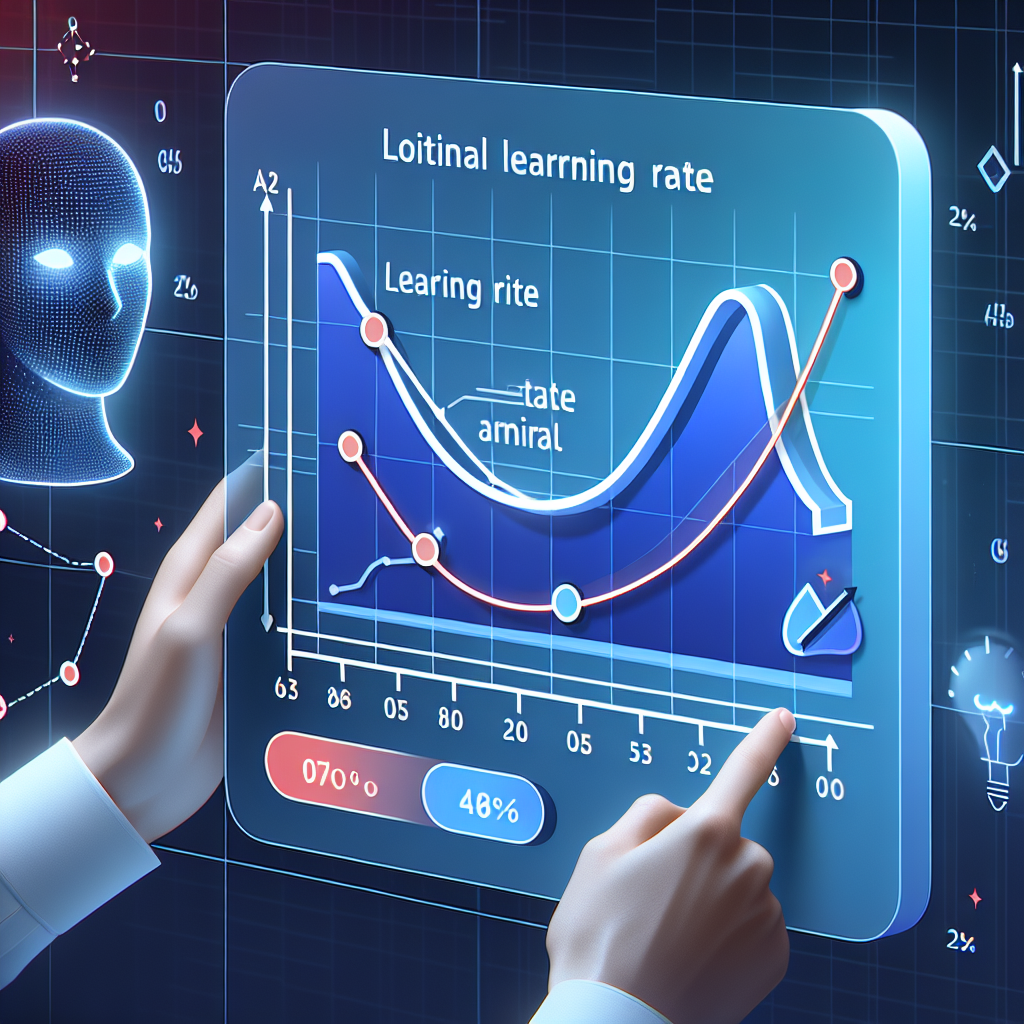
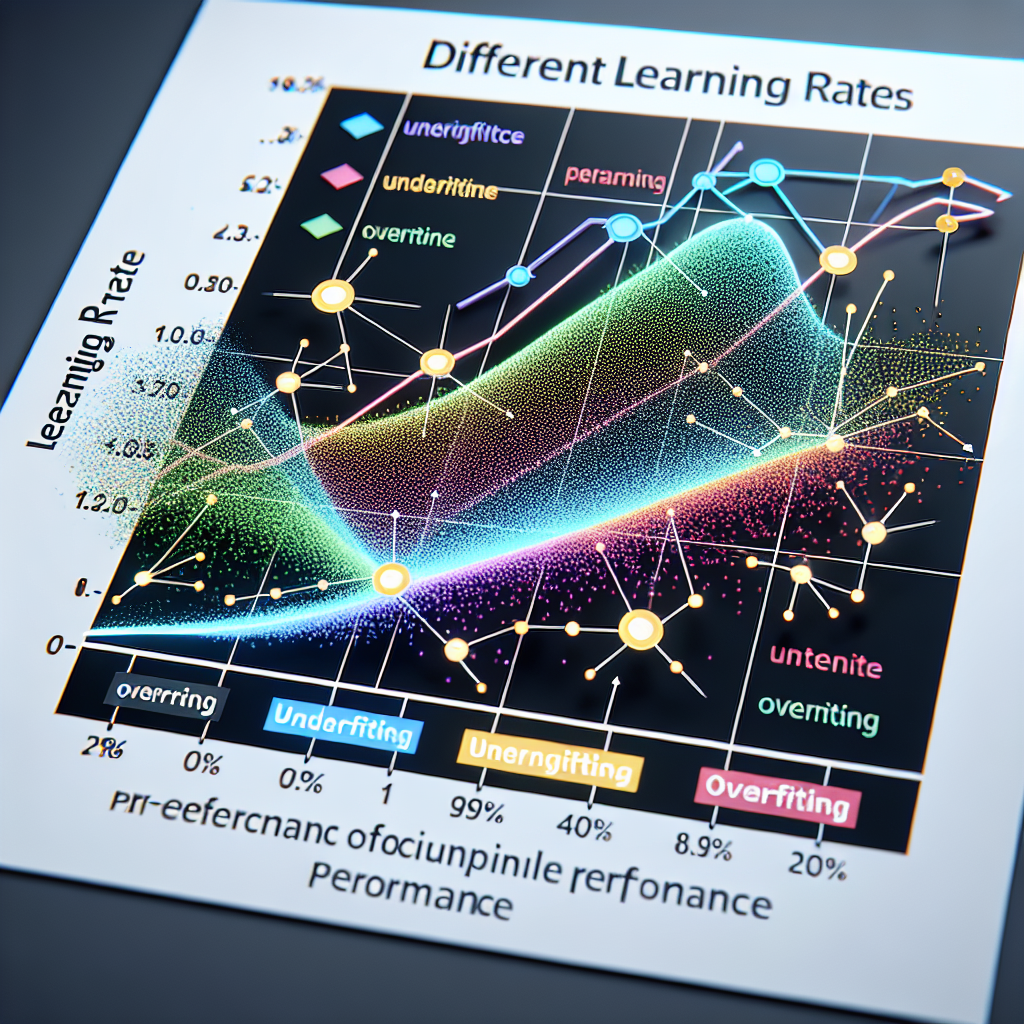
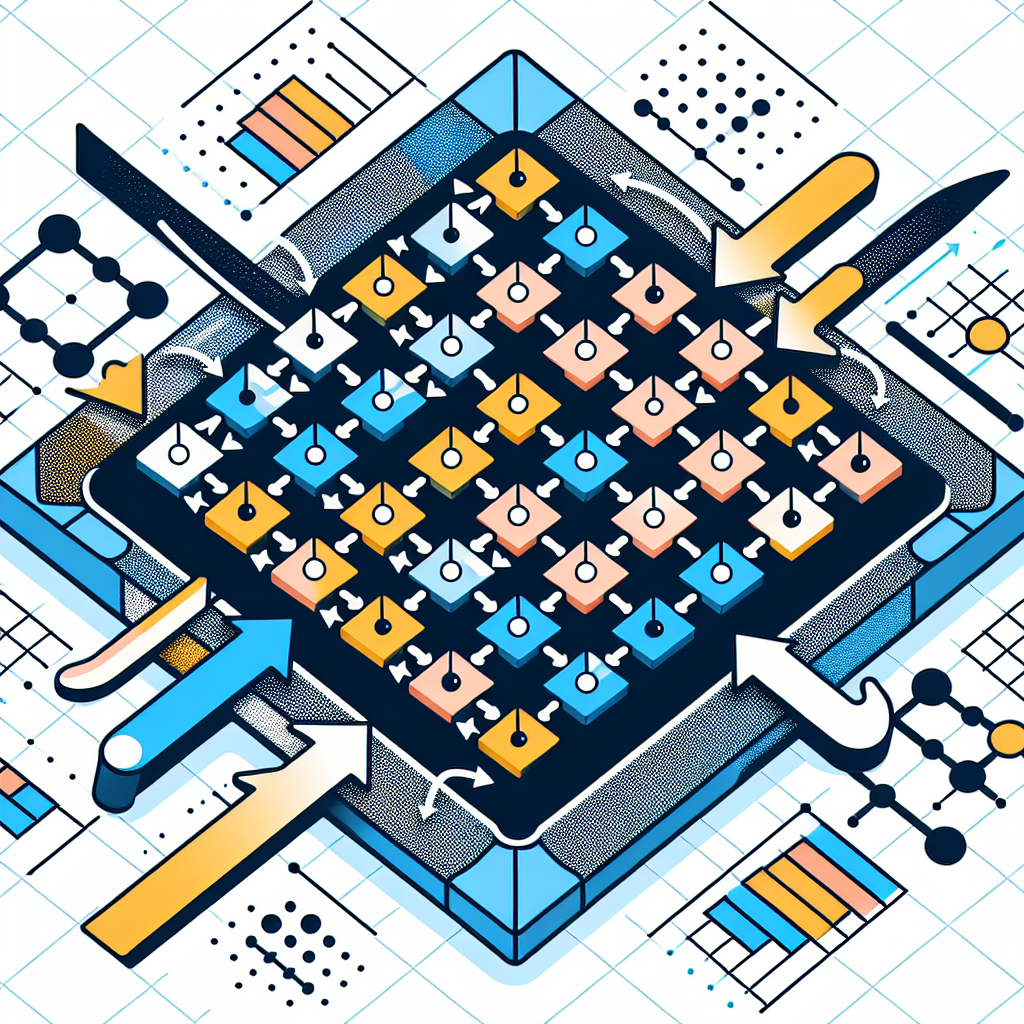
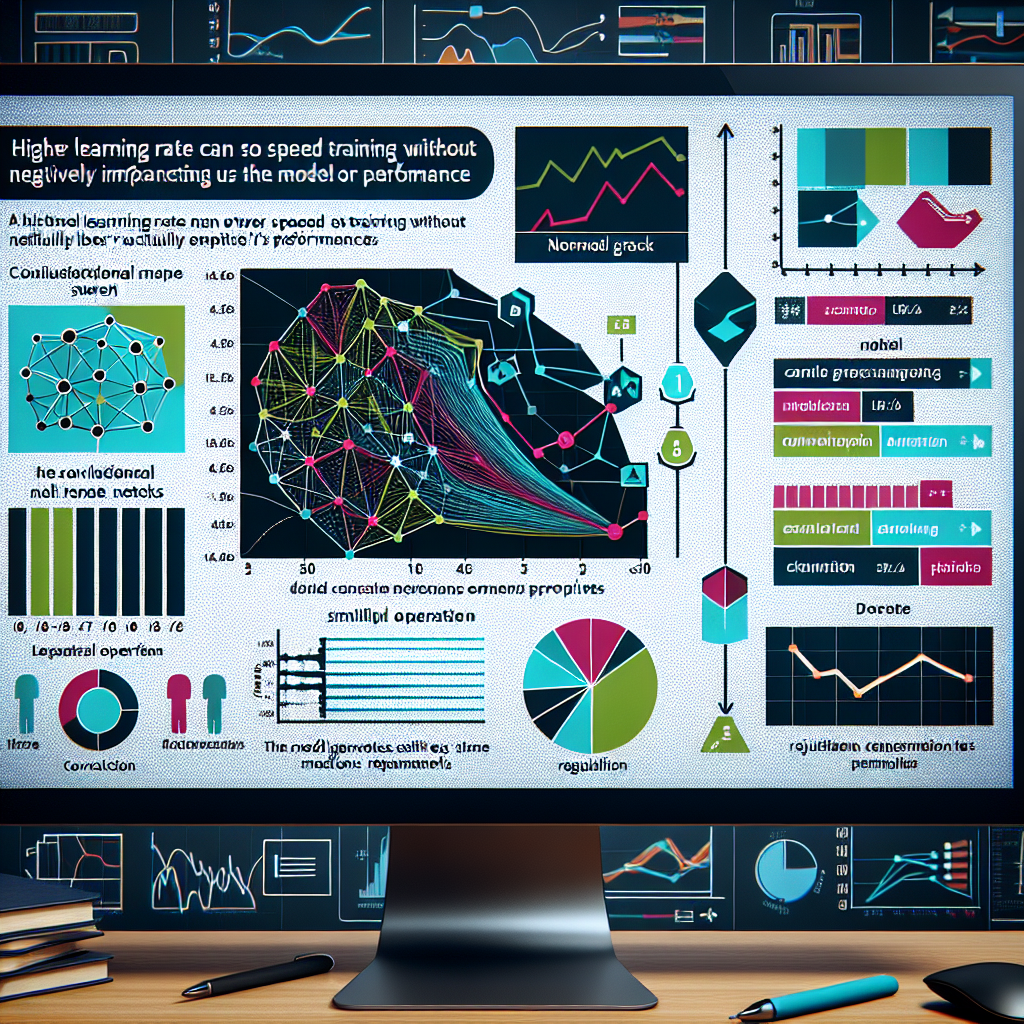
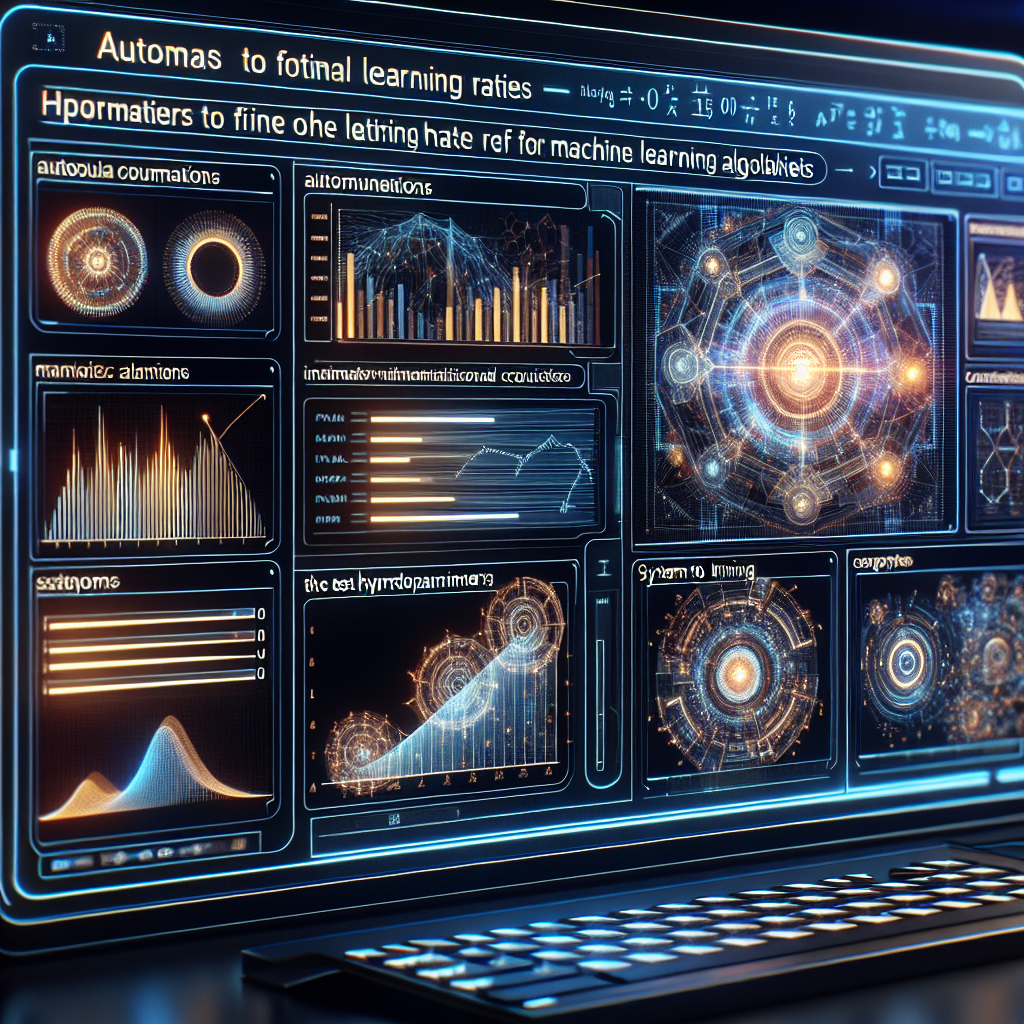








.jpg)

.jpg)


0 Comments